Journal des Dames et des Modes, Paris, 1913
This post wants to investigate the ‘rise’ (literally) in fashion of the collar for women during the period 1913-18. As we saw in the last post, by 1914 the negative effects of the war had driven French fashion designers to invent a new style and to promote it assiduously in the hope of reviving interest, sales and more importantly, an industry which gave work to 1000s of people.
La Baionnette, 1916
The new war silhouette, with its full but short skirt was young and dynamic, cheeky yet elegant . Corsets had practically been forgotten, replaced by more comfortable brassieres. The waistline positioned slightly above natural level. The collar of coats, jackets and blouses became a new focal point: rising up high to frame the neck, elongating the line from head to bust. The new haircuts – kiss curls framing the face while the long tresses were pulled up high behind the head to look like they had been cut (that was only happening in the most bohemian of circles around 1915).
Les Modes, Paris, 1915
These high rise collars were particularly suitable for winter fashions. They stood high thanks to a stiff lining or, as we can see above, thickened by the addition of fur. They framed the face perfectly and kept the neck warm.
They remained popular for several years.
Alvaro Guerara, Mrs Fairbairn (Nancy Cunnard), 1919, N.G.A. Melbourne, Australia
There was something masculine in this way of pulling the collar up around the ears, maybe yet another influence from uniforms to be seen everywhere in Europe during those years. The heavy, thick wool greatcoats buttoned right up and worn with the collar turned up for extra protection from wind and rain.
Australian soldier, WW I
WAAC – female army auxiliary corps, WW I, in wool greatcoat with fur collar
More masculine/feminine fashion contaminations in the images below:
Les Modes, Paris, 1915
La Baionnette, 1918
The shirt or blouse for women of this period deserves a closer look too. It had remained popular from the previous decade but was totally revised in shape. New influences were at work on the imagination of the designers. The blouse, which had of course existed for decades (since the 1850s to be precise) now also became an interesting mix of feminine and masculine.
Les Modes, Paris, 1914
The collar was wide and kept well open, supported beneath by the stiff collar of jacket or coat. When worn with a light fabric dress only it was probably starched stiff and well ironed into shape.
E.L.Kirchner, Erna and Gelda, Germany, 1913
The earlier blouse was distinguished by its femininity denoted by plenty of lace and ruffles. The neck was closed in as it was not proper to show skin during the day.
Journal des Demoiselles, Paris, 1900c
At the same time though, it must be noted that a new kind of female was emerging, the educated middle class young woman who worked. She was more likely to wear a ‘masculine’ style shirt + tie. She was after all claiming her new space in a male centered society.
Female student,s 1909, Canada
By 1914
Les Modes, Paris, 1914
The new blouse was not mimicking men’s fashion. It was taking its linearity and transposing it into the feminine sphere. A perfect blend to represent the new generation of women to emerge from a devastating war, when for the first time they will be expected to ‘wear the trousers’ in a Europe that will have lost most of its young men.
Vernon lace blouse, 1915-17c, Scandinavia
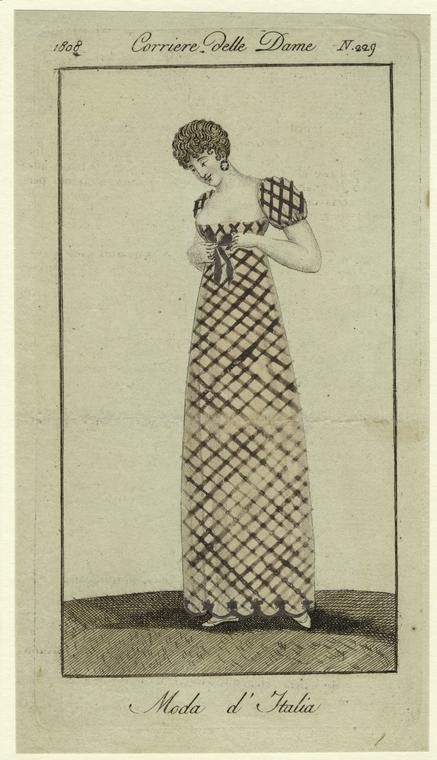

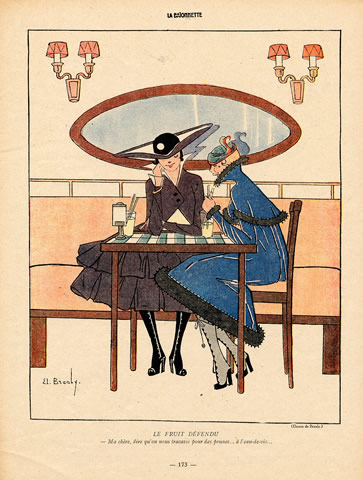
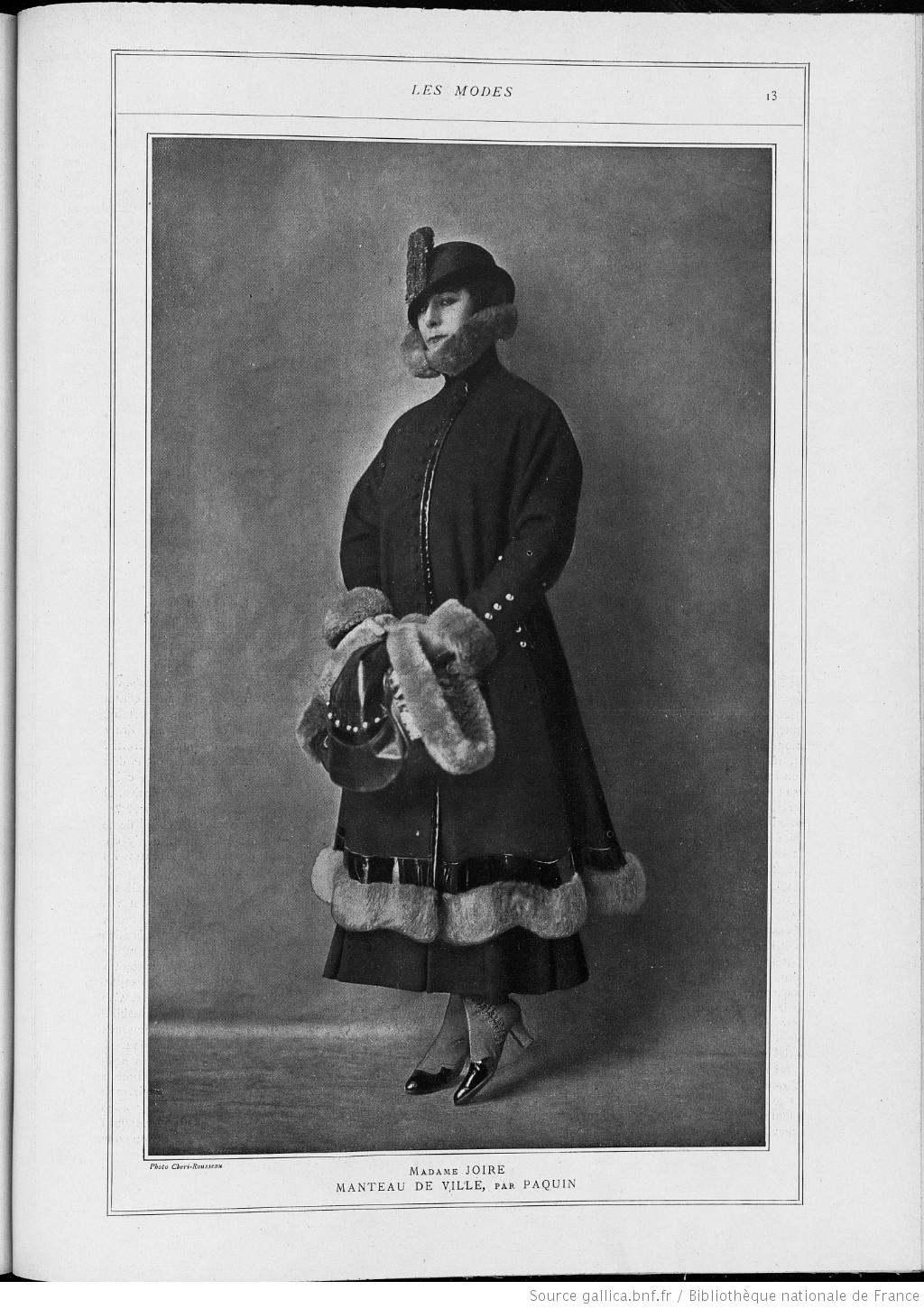


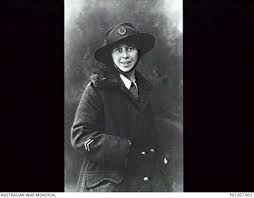
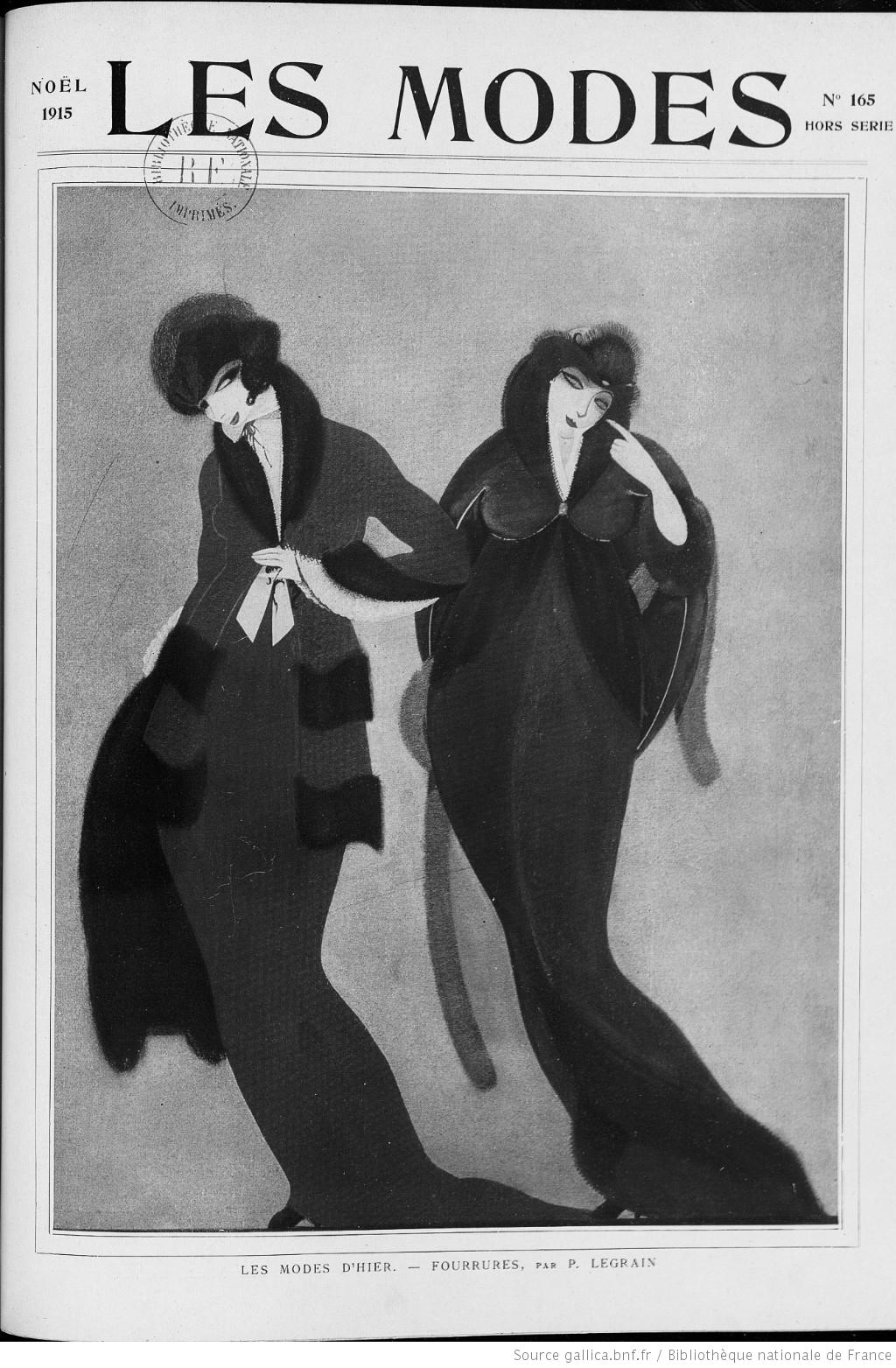


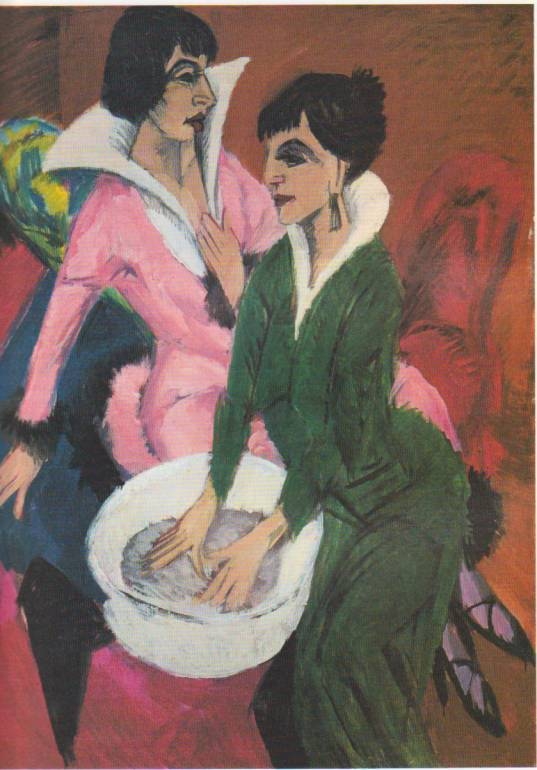


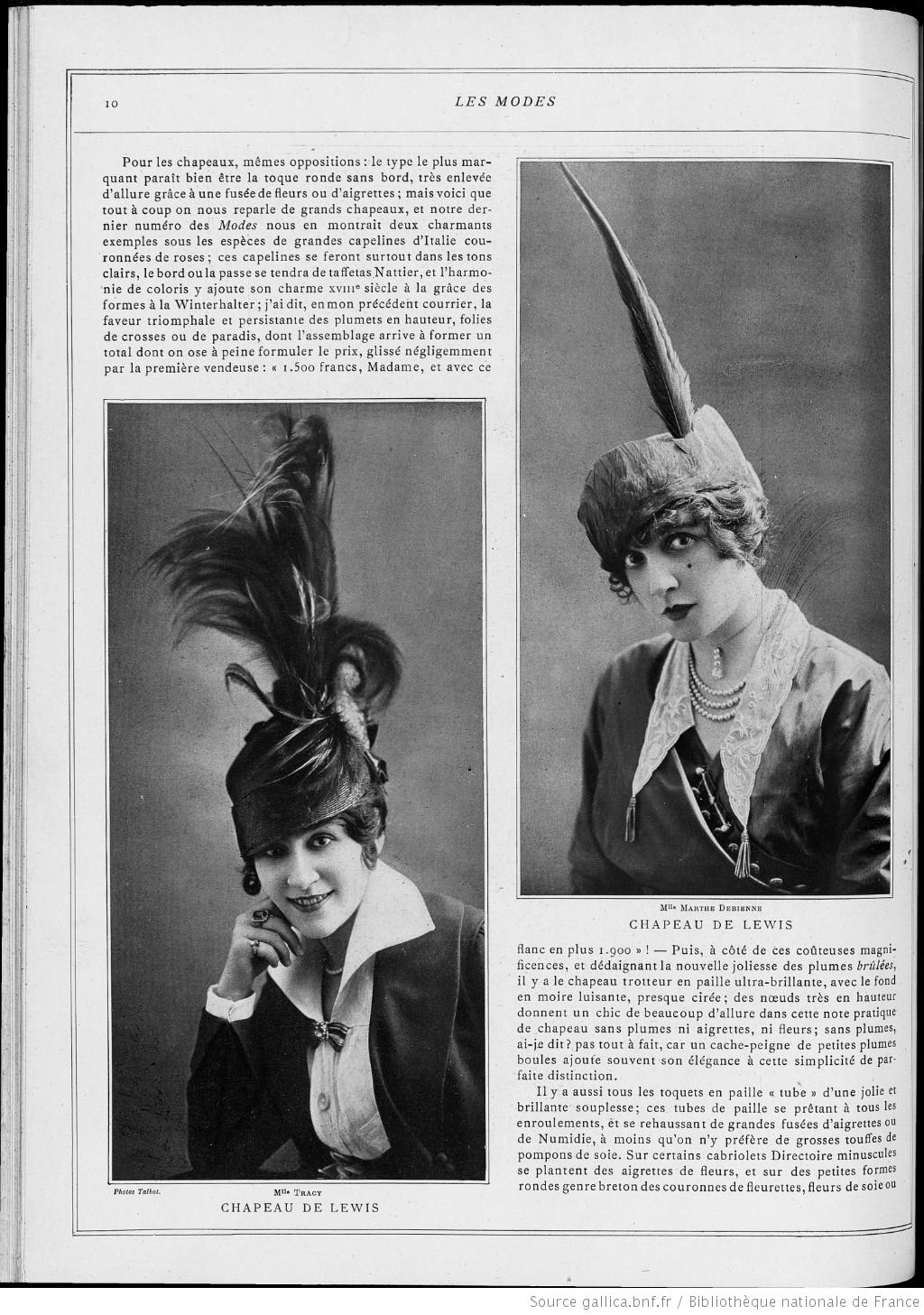
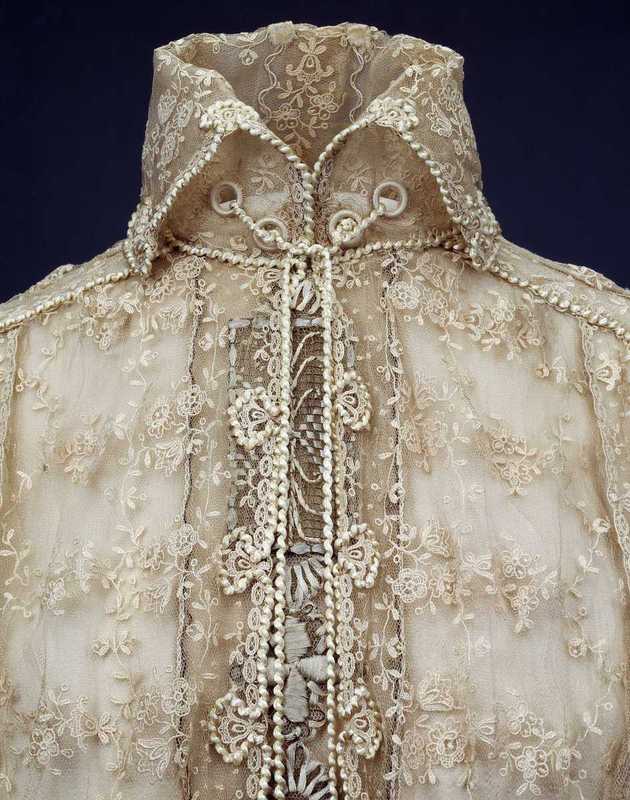
Beautiful images. It’s interesting that a fashion trend could actually last “several years”
LikeLike
My own post on the centenary of the Great War
http://kitchenmudge.wordpress.com/2014/03/10/its-all-history-now/
completely overlooked fashion. I feel so ignorant now. More, please.
LikeLike